Introduction
In the food industry, the development of the packaging sector has never stopped. Nowadays, consumers' concerns about food safety, packaging safety, and recycling transparency are at an all - time high, which have become important driving forces for the development of food packaging in 2025. The application of intelligent packaging technology enables more efficient transmission of food safety information, providing strong guarantees for consumers and retailers. The implementation of packaging management certification safeguards consumers' rights and brand reputations and also contributes to environmental protection. The widespread use of recyclable packaging, combined with AI - assisted sorting, makes recycling more convenient. These development trends are not only industry changes but also positive responses to consumers' demands. Next, let's take an in - depth look at the new trends in the food packaging field in 2025.
In the food industry, the packaging sector has always maintained a vigorous development trend. Looking ahead to 2025, the development trends of food packaging are mainly driven by consumers' strong demands for food safety, packaging safety, and recycling transparency. The application of intelligent packaging technology will enable more efficient transmission of food safety information to consumers. The implementation of packaging management certification can effectively protect buyers' rights and brand reputations. And the wide application of recyclable packaging helps consumers better implement recycling plans. The specific content is as follows:
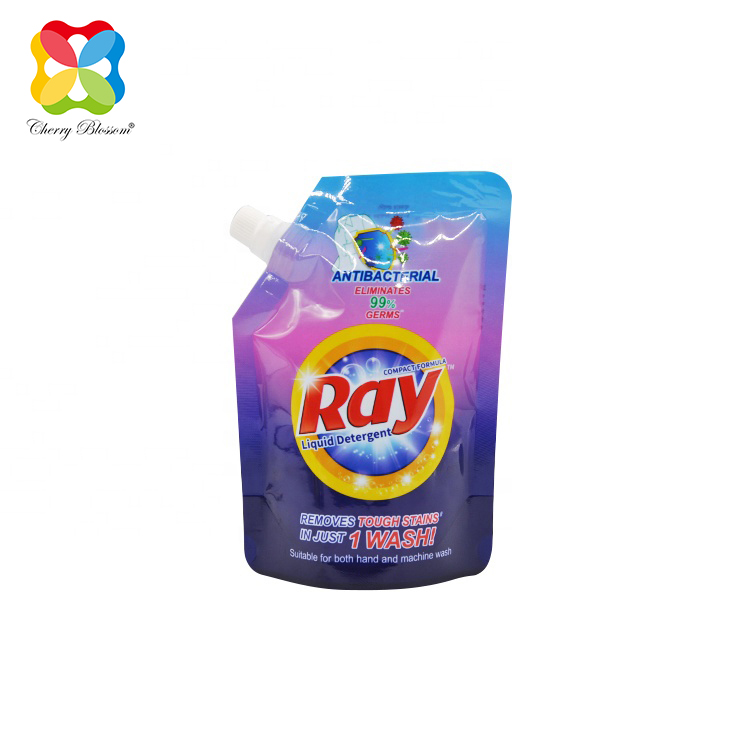
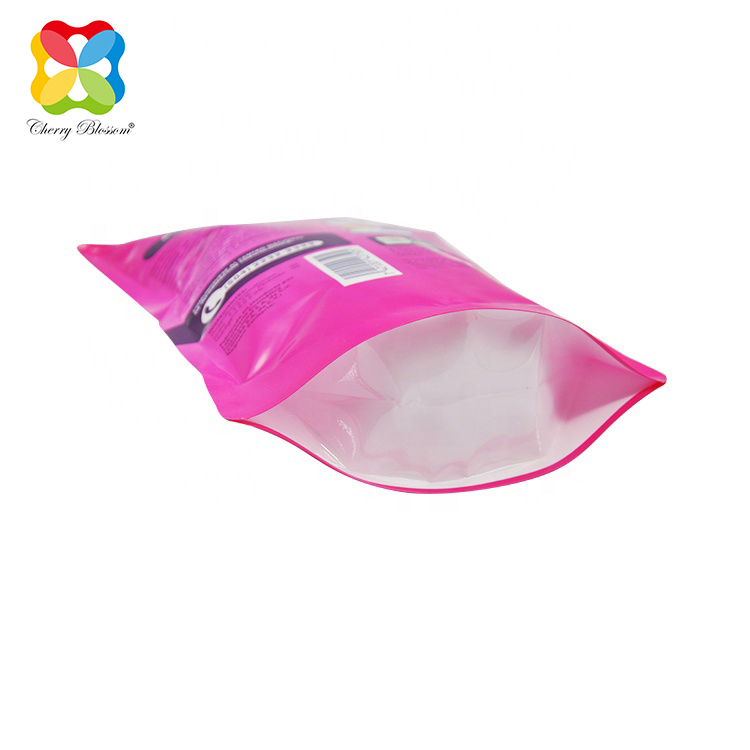
I. Intelligent Packaging: Accurately Transmitting Food Safety Information
Packaging plays a crucial role in transmitting food safety information to consumers and retailers. Over the past 40 years, consumers have always been confused about the date - labeling system. Although there have been changes, this confusion has not been effectively improved. Moreover, despite the efforts of organizations like ReFED to reduce food waste, the phenomenon of food waste caused by "when in doubt, throw it out" is still common.
Currently, with the continuous increase in food prices, the introduction of anti - food - waste laws in some regions (such as Vermont), the upward trend in the number of pathogens, and the increasing risks of weak FDA supervision and improper food processing, the introduction of intelligent packaging technology is urgently needed. This technology allows consumers and retailers to detect the microbial growth of key pathogens. It comes in various forms, which can verify the safety of packaged foods, help retailers rotate inventory reasonably, and guide consumers to safely consume foods before and after opening. This technology has been around for over 10 years, and now the implementation conditions are ripe. In 2025, major brands will take active actions to showcase the food safety guarantees of their products to consumers and retailers through intelligent packaging.
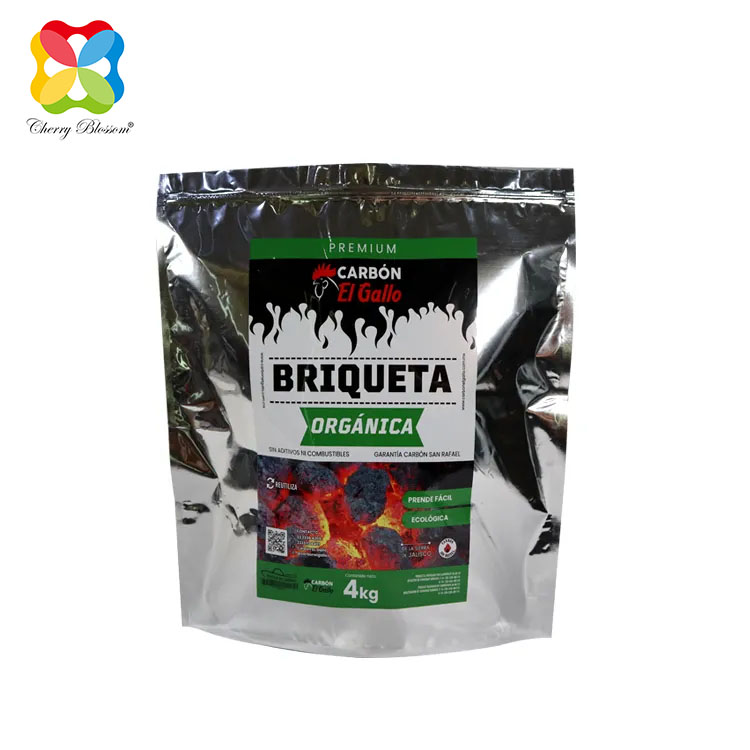
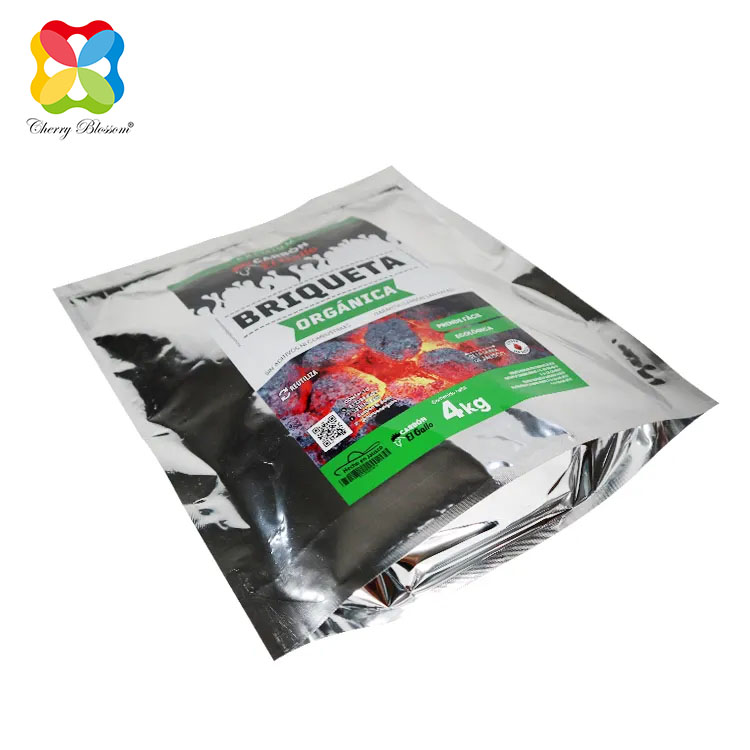
II. Certification Mechanism: Protecting Consumers, Brands, and the Environment
In 2024, the Plasticlist Report tested 100 common foods. The results showed that 24 samples out of 296 foods exceeded the acceptable thresholds set by the US Food and Drug Administration (FDA) and the Environmental Protection Agency (EPA). Worringly, phthalates were detected in as high as 73% of the foods, and 22 products contained bisphenol A (BPA, CAS 80 - 05 - 7), far exceeding the standards set by the European Food Safety Authority (EFSA) (up to 32571%). This difference is mainly due to the lag of regulations and the differences in regulations in different regions.
A new study funded by the EPA's P2/Pollution Prevention Grant Program shows that when food waste is composted, microplastics and PFAS in food ingredients and consumer - facing packaging can enter the ecosystem. Certification is closely related to the use of recycled paper and plastics. However, currently, the packaging industry has not established a perfect regulatory chain for recycled paper and plastics. As a result, we have no way of knowing exactly the previous uses of paper fibers and plastic chains in recycled paper and polymers, leading to planned and unintentional substitutions and mixtures. In the absence of clear and reasonable guidance, packaging manufacturers and brands will rely on certification to ensure the safety of food packaging for consumers and the environment.
III. Recyclable Packaging and AI - Assisted Sorting: Facilitating Recycling
Consumers will clearly notice that food packaging is shifting more towards recyclability, making it more convenient and easier for them to classify recyclables, thereby enabling AI - assisted sorting. For example, through intuitive design, the font size of the separation marks on containers that need to be separated before being put into the recycling bin is increased.
Although flexible packaging accounts for 21% of the US packaging market and 6% of the food packaging market, the extended producer responsibility (EPR) programs in Oregon, Colorado, and at least five other states waiting to implement relevant policies do not cover flexible packaging. This is probably mainly because flexible packaging is usually regarded as a form of packaging reduction or minimization. However, demand assessment studies show that it is necessary for the United States to include flexible packaging in relevant programs, just like the more than 40 countries that have already implemented EPR. Correspondingly, more effective separation measures will create favorable conditions for AI - assisted sorting.
It is necessary to appropriately modify the legislation to ensure food safety, clarifying that recycled ingredients are more suitable for other fields such as carpets, construction, and textiles, rather than food packaging.
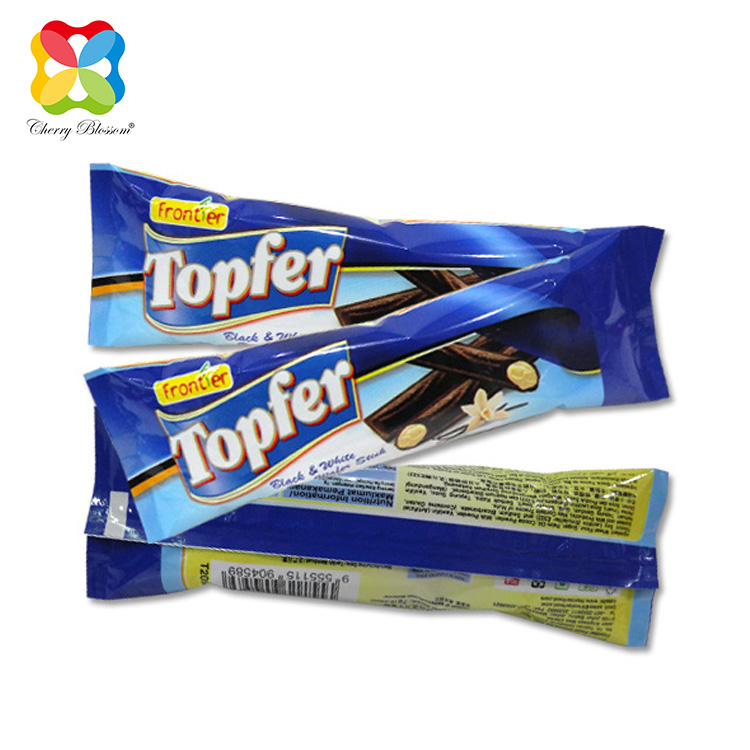
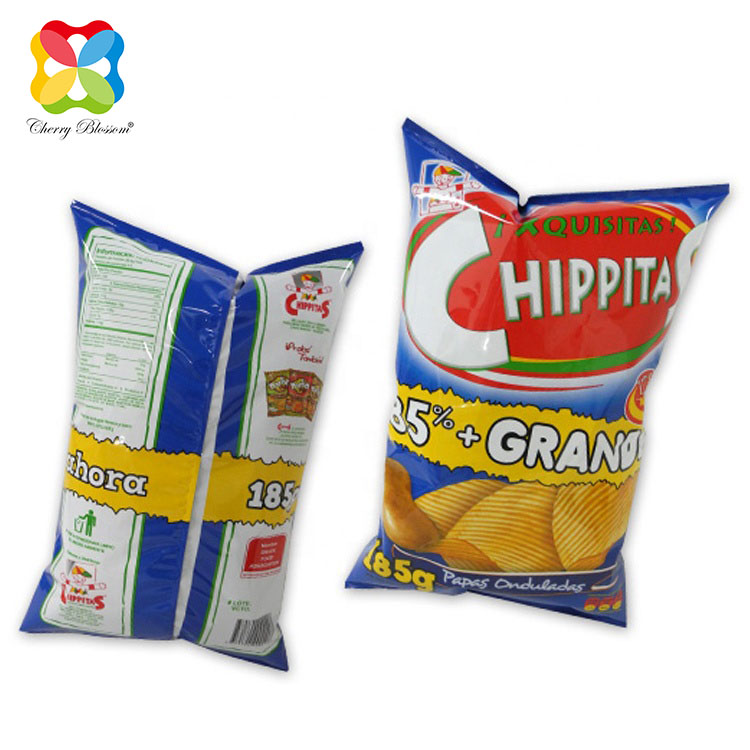
Post time: Mar-11-2025






